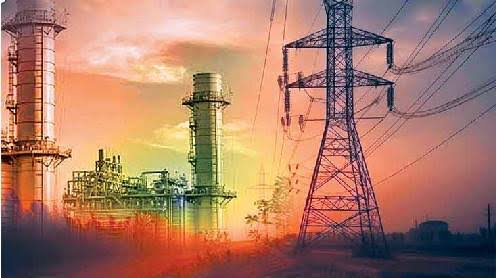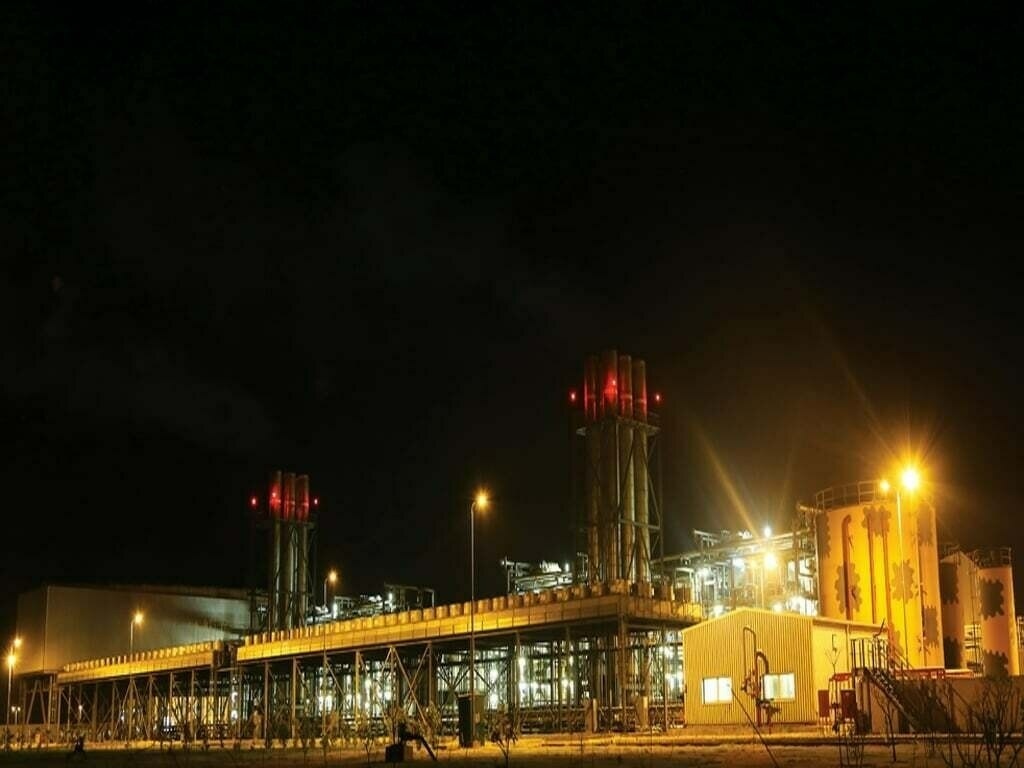The government is preparing to implement significant changes for Independent Power Producers (IPPs) established under prior power generation policies, according to a report by Business Recorder.

Sources indicate that senior officials from 18 IPPs created under the Power Generation Policies of 1994 and 2002 will be summoned next week to discuss a shift from the “Take or Pay” model to a “Take and Pay” structure.
Energy contracts generally fall into two categories: “Take and Pay” and “Take or Pay.” The current “Take or Pay” system requires the buyer (the government) to purchase a specific percentage of the IPP’s production capacity, typically 80 to 85 percent for thermal power plants. Failure to meet this delivery threshold results in penalties for the IPPs.
One major drawback of the “Take or Pay” system from the buyer’s perspective is the obligation to make payments even when electricity is not needed, leading to higher unit costs or electricity tariffs.
It’s essential to note that buyers only pay a fixed price when electricity is not purchased. In cases of non-supply, variable costs such as fuel are not incurred, which leaves some costs unpaid. This situation has attracted criticism due to the high costs associated with generating facilities.

In contrast, “Take and Pay” contracts enable buyers to pay only for the electricity they actually consume, making it a more favorable option as they are charged only for their actual usage.
However, prices under “Take and Pay” agreements tend to be higher, whether determined through negotiation or competitive bidding. This model shifts more risk onto sellers, which they incorporate into their contracts. It also assumes a minimum guaranteed capacity that demand cannot drop below.
In developed countries, spot markets with multiple buyers significantly mitigate risks for sellers, a situation that is less common in developing countries with underdeveloped electricity markets.
The government claims that terminating the power purchase agreements (PPAs) of five IPPs has resulted in savings of PKR 411 billion. The Cabinet approved these terminations and the final settlement agreement on October 10, 2024, although final documentation is still pending.
The IPPs transitioning to the “Take and Pay” model have completed internal assessments of potential financial impacts and are preparing their positions for discussions with the task force led by the Minister of Energy. Influential individuals are reportedly playing key roles in these negotiations.

Some IPPs, anticipated to transition to the “Take and Pay” model after “mutual and respectful consultation,” still have over 15 years remaining on their contracts.
Business Recorder reports that the financial implications of negotiations with various plants will range from PKR 3 to PKR 3.50 per unit, with re-profiling effects estimated at PKR 3.75 per unit. Provincial levies exempting electricity duty are set at PKR 0.65 per unit, with PTV at PKR 0.16 per unit. A temporary tariff reduction of PKR 8 to PKR 10 per unit is expected due to cuts in sales tax and income tax.
Energy Minister Sardar Owais Ahmed Khan Leghari noted that the effects of reduced return on equity (ROE) and lower profits from government-owned power plants could amount to PKR 1.5 per unit.
Here are the remaining durations for contracts of IPPs established under the 2002 policy:
- Engro Powergen: 215.516 MW, remaining duration 10.6 years
- Foundation Power Company Dherki Limited: 173.772 MW, remaining duration 11.8 years
- Ouch II Power (Private) Limited: 359.34 MW, remaining duration 14.7 years
- Halmore Power Generation Company Limited: 200.021 MW, remaining duration 17.6 years
- Orient Power Company (Private) Limited: 208.453 MW, remaining duration 16.4 years
- Saf Power Limited: 204.369 MW, remaining duration 15.8 years
- Saphir Electric Company Limited: 206.48 MW, remaining duration 16.3 years
- Liberty Power Tech Limited: 196.139 MW, remaining duration 9.6 years
- Hubco Narowal Energy Limited: 213.82 MW, remaining duration 11.9 years
- Attock Gen Limited: 156.181 MW, remaining duration 9.6 years
- Nishat Chunia Power Limited: 196.722 MW, remaining duration 11.2 years
- Nishat Power Limited: 195.305 MW, remaining duration 11 years
- New Bong Lareb Hydro: 84 MW, remaining term 14 years
- Ouch II Power: 404 MW, remaining duration 6 years
- Fauji Kabirwala: 170 MW, remaining duration 6 years
- Koh Noor Energy: 124 MW, remaining duration 3 years
- Pakgen Power: 365 MW, remaining duration 4 years
- Liberty Dherki Power: 235 MW, remaining duration 2 years
The contracts of IPPs established under the 2002 power generation policy will see an impact of PKR 1.5 per unit.
On October 10, 2024, Prime Minister Shehbaz Sharif approved the termination of five IPP contracts, praising the collaborative efforts of the entire government team. He recognized the support of coalition partners and commended Army Chief General Asim Munir for his personal involvement in the issue.
The Prime Minister characterized this development as the beginning of a journey toward progress and prosperity for the people.

